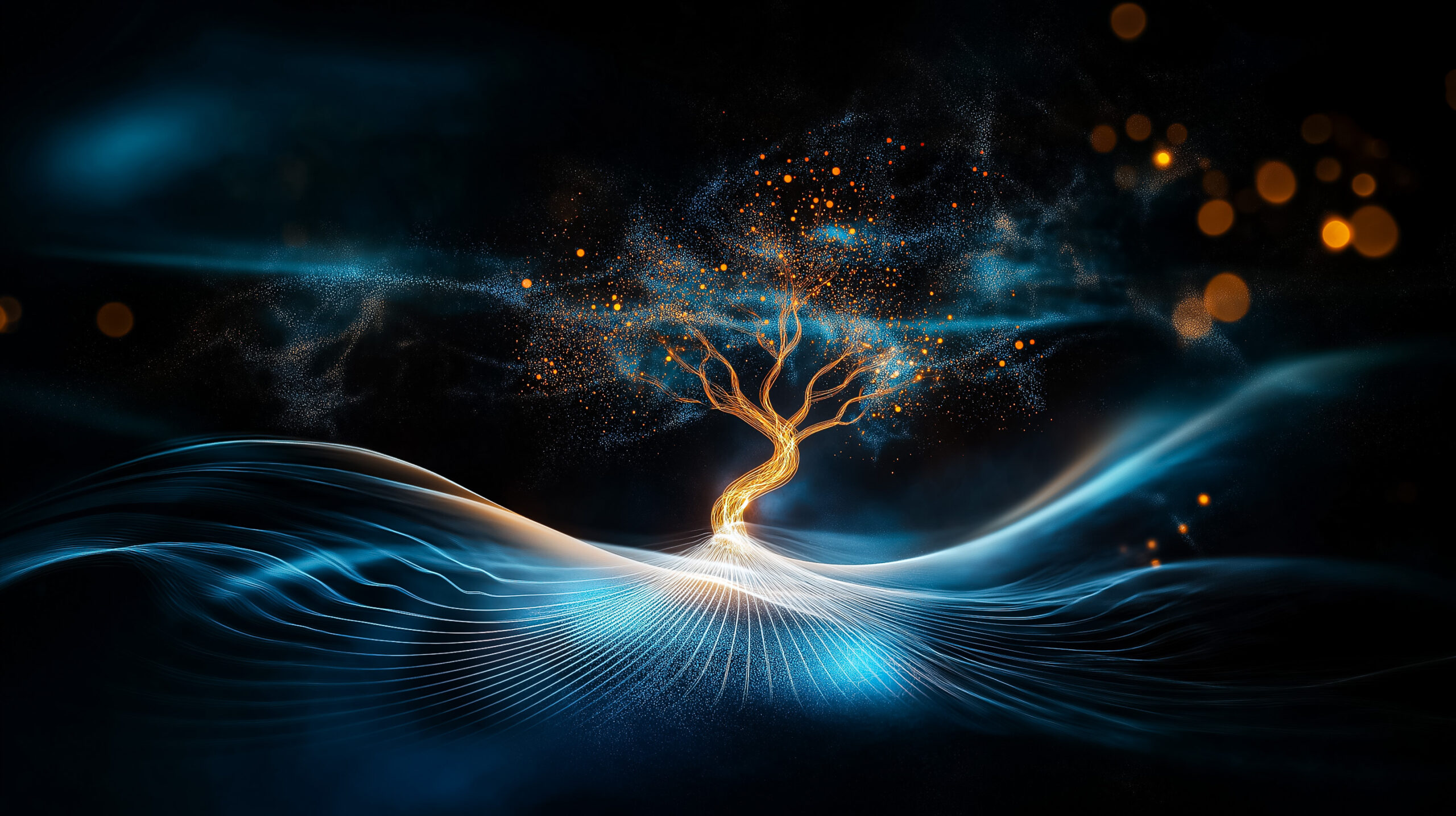
Ethereal Sapphire Blue Clouds Veil Antarctica
by SH staff January 31, 2018
NASA is monitoring an expansive ring of sapphire blue clouds encircling Antarctica. These noctilucent clouds are exhibiting high radar reflectivity. NASA claims these are “noctilucent clouds (NLCs)”, made of ice crystals frosting specks of “Notimeteor smoke” in the mesosphere above the frozen continent. Noctilucent clouds are are relatively new weather phenomena. They are a tenuous cloud-like night time phenomena. Noctilucent clouds often appear as featureless bands, but frequently show distinctive patterns such as streaks, wave-like undulations, and whirls. They are only visible during deep twilight. NLC’s are made of ice crystals. Noctilucent in Latin means night shining. The occurrence of noctilucent clouds appears to be increasing in frequency, brightness.
In the summertime of the Southern Hemisphere the water vapor billows up into the high atmosphere over Antarctica, providing moisture needed to form icy clouds at the edge of space. Sunlight shining through the high clouds produces an electric-blue glow, which satellites can observe from Earth orbit.
Researchers have discovered that these NLC’s have an unexpected teleconnection power between these particular sapphire blue clouds and weather patterns thousands of miles away.
Two years ago researchers found that the air temperature in northern US cities were in resonated with the frequency of noctilucent clouds over Antarctica.
Noctilucent clouds can and do occur anywhere in the world although they are more prevalent in polar regions. Noctilucent clouds are known to exhibit high radar reflectivity,
The first eerie noctilucent clouds were first observed after the eruption of Krakatoa but were only recently visible via satellite in 1972 and only confirmed in 2001 as a weather phenomena.
Researchers have not disclosed why these particular NLC’s were a sapphire color for they can be transparent or manifest in pale red, blue or green.
In 2006, it was discovered that noctilucent clouds also are in the upper atmosphere on Mars.
Scientists have also created artificial noctilucent clouds.




